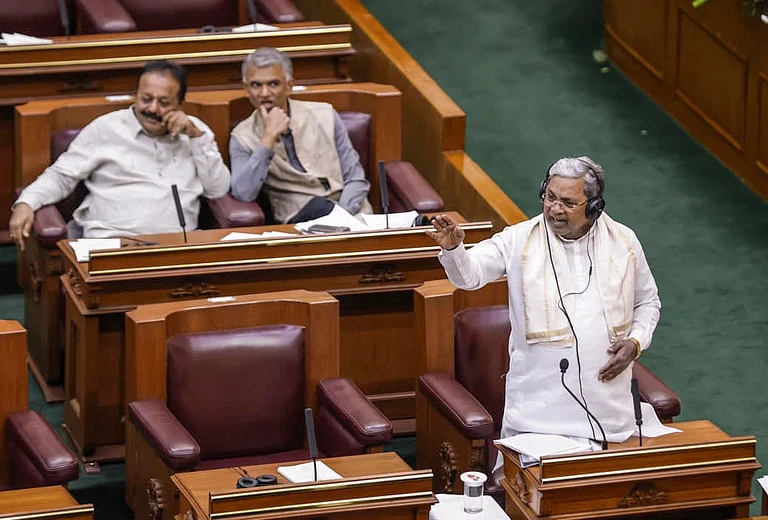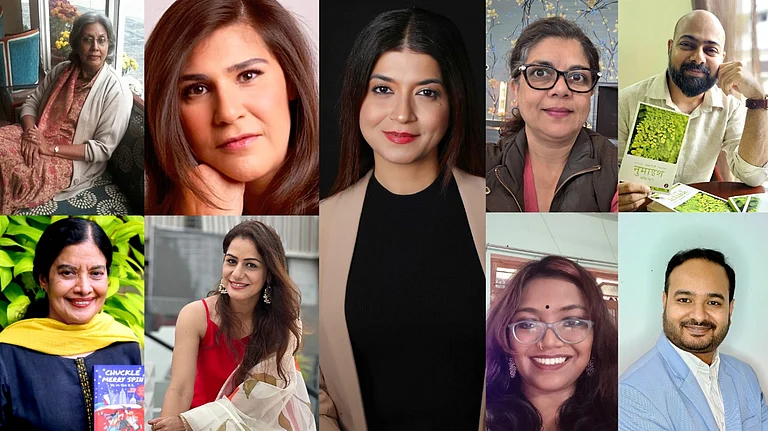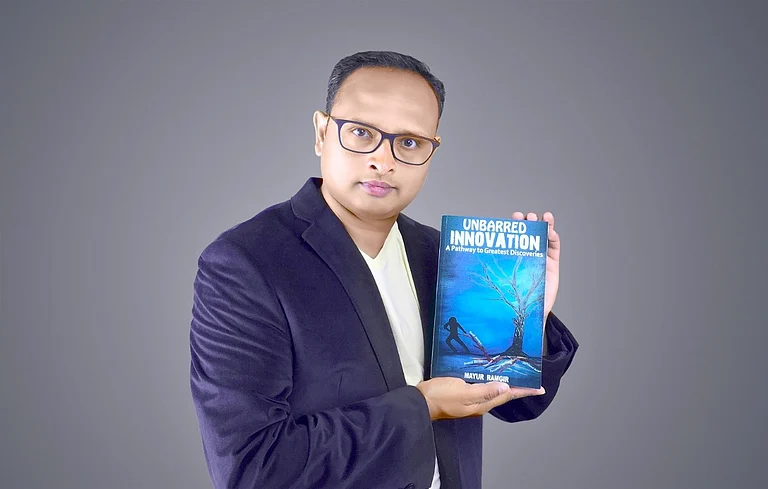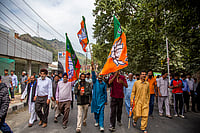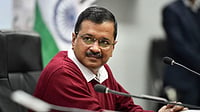Book Review
Terror Trials: Life and Law in Delhi’s Courts
Author: Mayur R Suresh
Publisher: Fordham University Press
Pages: 272 pages
Price: Rs 2,621.00 (paperback)
Jonathan Swift famously said, “Laws are like cobwebs, which may catch small flies, but let wasps and hornets break through.” Swift’s observation underscores the inherent limitations and complexities of any legal system. Mayur R Suresh's book, Terror Trials: Life and Law in Delhi’s Courts, aptly reflects the analogy, illustrating the challenges faced by defendants as they traverse its intricate web of legal procedures.
The author explores the relationship between the legal system, law enforcement and those who are accused of terrorism, providing a nuanced perspective on how terror defendants interact with the law and legal technicalities. The book, based on 14 months of fieldwork following 18 terror trials, is an ethnographic study of terrorism trials in Delhi court.
Two primary elements critically examined in the book are: the intimate ties between the state apparatus and terror accused, and the use of documentation as a tool of violence. The analysis focuses on how bureaucratic procedures and paperwork shape the interactions between the accused and the court.
The author documents the intimate relationships that develop between the police and terror accused, guided by both intimacy and intimidation. He presents detailed accounts of the lived realities of defendants throughout their trials.
For many, the human connections that arise between the police and the terror accused, mentioned in several places, may appear revealing, especially since the media narrative on terrorism is typically highly hostile, cruel and dehumanising.
In the introduction, the author mentions his conversation with Mohammad Yasin Falahi, a terror convict, whom he started calling Yasin Bhai. When asked how he could maintain a friendly relationship with bureaucrats and police officers who had banned his organisation (Students Islamic Movements of India or SIMI), falsely labelled him a terrorist and imprisoned him along with many of his associates, Yasin Bhai replied, “We've spent so much time together…Did you really expect us to be enemies?”
In one of these chapters, he extensively documents the camaraderie developed between terror accused Shahid and police officer Dharamveer, the police officer prosecuting the case. However, he quickly points out that the intimacy is due to lack of transparency in the police and legal system towards the terror accused.
He adds: “In the everyday lives of the terror-accused, the term “custodial intimacy” speaks to the difficulty of discerning the form of intimacy that interactions with the police will take on.”
Describing the custodial intimacy, the author observes: “Custodial intimacy between police officials and terror accused is engendered by technicalities of the investigative and trial process. Extended periods of detention and the near-constant presence of particular police officials in the courtroom not only allow for observation of how police and the terror accused related to one another, but also shed light on how the terror accused conceptualise the legal process through their relations with the police.”
The writer describes two aspects of the relationship between terror accused and police: “On the one hand, the police appear to have a monstrous presence….On the other hand, I witness the emergence of what could also be described as the friendship between the police and terror accused.”
Through these accounts, the author reveals the human dimension of the relationship between the police and the terror accused. This reminds the book by Tihar jailer Sunil Gupta and journalist Sunetra Choudhury, The Black Warrant, which shed light on the final days of terror convict Afzal Guru, who was hanged in 2013. Gupta then reportedly said that he cried when Guru was executed.
Nonetheless, Suresh’s portrayal of the human element within such legally charged proceedings invites readers to appreciate the complexities of the law as lived experience, providing a significant depth to our understanding of the criminal justice system. He introduces the idea of “recycled legality” to emphasise the intricate relationship between the state, law, and violence and points out “the inherent vulnerability of legal language.
He writes: "Recycling legality has an ethical charge. It enables us to see how the terror-accused, in repurposing legal language, gave themselves the ability to articulate their demands and arguments. In other words, what is at stake in recycling legality is the ability for the terror-accused to have a future in legal language.”
The author looks at different types of writing that are frequently used in trial courts and observes that many of them are letters (e.g. first information reports, chargesheets and applications for right to information).
In the literature discussing the legal reaction to terrorism, especially in India, the term ‘Kafkaesque’ is frequently used to describe the disorganised and confusing character of terrorism trials, which are marked by harsh interrogation techniques, clandestine procedures, and arbitrary detentions. This viewpoint draws attention to the anxiety and alienation terror suspects experience while navigating a complex legal system.
However, instead of seeing Kafka's writings as philosophical abstractions or allegories, he suggests reading them as ethnographies. This interpretation emphasises the “temporalities of waiting, to the grim comedies and petty hierarchies of bureaucratic life. In this understanding of the Kafkaesque, the law is characterized not by its transcendence, but by its localization”.
However, there is room for more exploration of the social and political backgrounds influencing these encounters.
This book contributes to the body of knowledge already available on terror cases and makes a commendable effort to highlight the human side of the law. But the human aspect he highlights by presenting the few cases does not tell the whole story in this regard. Innumerable incidents of harassment of inmates and police violence against undertrials have been documented over the years. Further, the author acknowledges the abuse of the UAPA against Muslims, but he doesn't go into detail about his own experiences along those lines.
The book is nevertheless an engaging and interesting read for both ordinary readers and academics.







